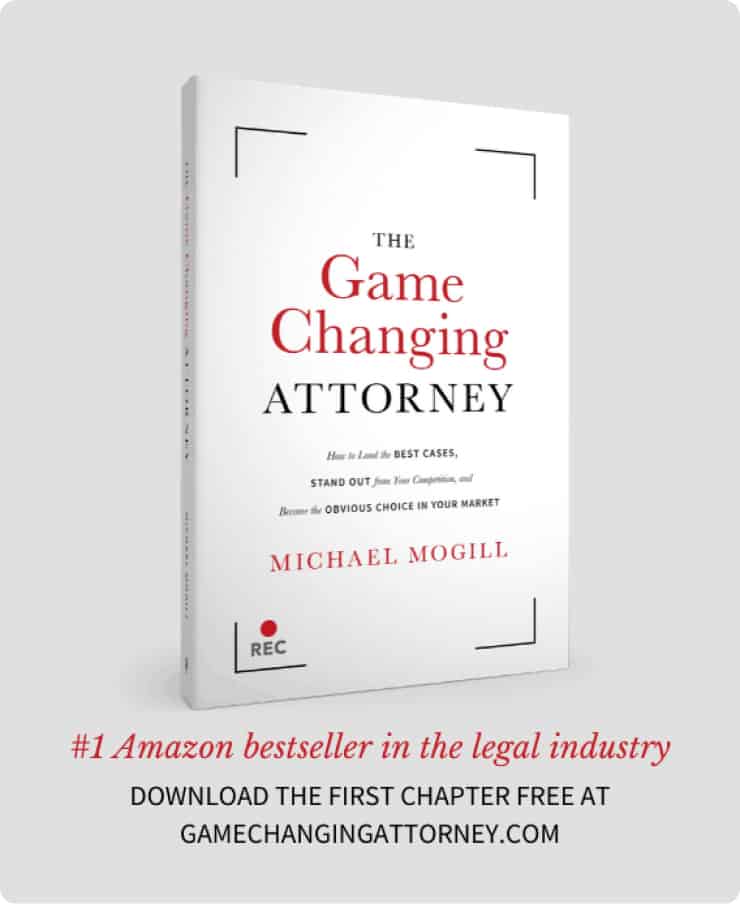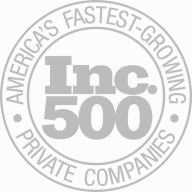In the competitive legal industry, law firm owners must make informed decisions to maximize their marketing efforts. Tracking and analyzing key metrics allows you to understand the effectiveness of your strategies, optimize your campaigns, and ultimately drive growth. This article highlights the top five metrics that law firm owners should focus on to measure the success of their marketing efforts and ensure a high return on investment (ROI).
Understanding the right metrics to track can significantly improve the success of your marketing initiatives. Implementing campaigns and hoping for the best is not enough — you need concrete data to assess what’s working and what’s not.
Focusing on specific, actionable metrics allows you to make strategic adjustments to improve outcomes. Whether you’re bringing potential clients to your website, converting visitors into leads, or managing your marketing costs effectively, this data will provide a roadmap for enhancing your firm’s marketing performance and achieving sustainable growth.
1. WEBSITE TRAFFIC

Website traffic is a fundamental metric that indicates the number of visitors to your site. It provides insights into your online visibility and the effectiveness of your marketing campaigns. It shows how many people are coming to your website, what pages they view, how they find your website, and how they interact with your content.
To maximize the benefits of this metric, start by analyzing your traffic sources. This means understanding whether visitors are finding you through organic search (like Google), paid ads, social media platforms, or referrals from other websites. Knowing your traffic source can help you identify which marketing channels are most effective and worth investing in for paid advertising.
Next, monitor trends in your traffic patterns over time. By tracking these trends, you can identify spikes or dips in visitor numbers, which can reveal the impact of specific campaigns or content updates. For example, a spike in traffic might indicate that a recent blog post or social media campaign was particularly successful. On the other hand, a dip could signal that something needs to be adjusted.
Additionally, optimizing your website for conversions is crucial. This means ensuring that high-traffic pages are designed to capture leads effectively. Incorporate clear calls-to-action (CTAs) and contact forms to encourage visitors to take the next step, such as scheduling a consultation or signing up for a newsletter. Doing so increases the likelihood that your website visitors will become clients.
Increasing your website traffic means more potential clients are discovering your law firm. Using tools like Google Analytics can help you track and analyze your website, allowing you to make informed decisions about your marketing strategies. This data-driven approach ensures that your efforts attract visitors and convert them into valuable clients for your firm.
2. CLIENT ACQUISITION COST (CAC)
Client Acquisition Cost (CAC) is the total cost of acquiring a new client, including all marketing and sales expenses. Understanding and monitoring your CAC is essential as it provides insights into the efficiency of your marketing efforts and helps you make data-driven decisions to improve your ROI.

To manage CAC effectively, consider the following strategies:
- Break Down Costs: Analyze the costs associated with different marketing channels, such as SEO, social media, and referrals. This will help you identify the most cost-effective methods and allocate your budget more efficiently. Understanding where your money is going will also allow you to focus on the channels that bring the best results at the lowest cost.
- Optimize Budget Allocation: Based on the data you gather from breaking down costs, shift your resources to the most efficient channels. If certain methods are proving to be more effective at bringing in clients, it makes sense to allocate more of your budget to these areas. This strategic allocation ensures that you are investing in the most profitable activities.
- Automate Processes: Implement marketing automation tools to streamline your lead generation process. Automation can significantly reduce costs by handling repetitive tasks such as email marketing, social media posting, and lead nurturing. These tools also provide valuable data to help refine your strategies and reduce CAC.
Reducing your CAC allows you to acquire new clients more efficiently, thereby increasing your profitability. However, it’s crucial to balance CAC with the quality of clients you attract. Your marketing efforts should not only focus on acquiring clients at a lower cost but also on attracting clients who are a good fit for your firm and likely to stay long-term. This balance ensures that your client acquisition investment is cost-effective and sustainable.
3. CLIENT LIFETIME VALUE (CLV)
Client Lifetime Value (CLV) is an essential metric that estimates the total revenue a law firm can expect from a single client throughout their relationship. In simpler terms, it helps you understand how much money one client can bring to your firm over time.

Knowing your clients’ CLV allows you to make better decisions about how much to spend on marketing and retaining them. Understanding a client’s long-term value will enable you to plan your marketing budget more effectively.
An effective strategy for increasing CLV is to identify opportunities for upselling and cross-selling. Upselling involves offering clients a more comprehensive or premium service than what they initially sought, while cross-selling refers to providing additional services that complement what they are already receiving. If a client comes to you for estate planning, you might also offer them related services such as setting up trusts or handling probate matters. Offering additional services can increase the total revenue generated from each client, making them more valuable to your firm.
To maximize CLV, focus on providing exceptional service that exceeds clients’ expectations. Develop client retention initiatives like loyalty programs, follow-ups, and personalized communication to maintain long-term relationships. Happy clients are more likely to return for future legal needs and refer others to your firm.
To drive long-term success for your law firm, prioritize delivering exceptional service, implementing client retention programs, and seizing opportunities for upselling and cross-selling. These strategies can significantly elevate each client’s value and contribute to the growth of your practice.
4. CONVERSION RATE
The conversion rate measures the percentage of website visitors who take a desired action, such as filling out a contact form, scheduling a consultation, or downloading a resource. A high conversion rate means that your marketing efforts are successfully encouraging visitors to engage with your law firm and take steps toward becoming clients.
Improving your conversion rate involves several key strategies, including:
- A/B Testing: Conducting A/B tests involves creating two versions of a webpage or form to see which one performs better. When conducting effective A/B tests, change as few variables as possible at one time to accurately attribute success. For example, you might create two different landing pages with different call-to-action (CTA) buttons to understand which will resonate best with your audience by tracking which one results in more conversions. This process helps you know what resonates best with your audience and allows you to make data-driven decisions to enhance your site’s effectiveness.
- User Experience (UX): Ensuring a positive user experience means making sure your website is easy to navigate, visually appealing, and accessible on all devices, especially mobile phones. A website that is difficult to use or doesn’t work well on mobile devices can frustrate visitors and drive them away, reducing your chances of converting them into clients. Investing in a seamless, intuitive website design can significantly improve your conversion rate.
- Unique Value Proposition (UVP): Communicating a value proposition is essential and should clearly articulate the unique benefits your law firm can offer and why potential clients should choose your firm over others. This message should be prominent on your website and resonate with your target audience’s needs and concerns. By effectively conveying the value you offer, you can persuade visitors that your firm is the best choice for their legal needs.
Conversion rates are critical because they directly impact your bottom line. By focusing on optimizing your website and marketing materials to convert visitors into clients, you can increase your revenue without necessarily increasing your marketing spend. This means you get more value out of the same amount of traffic, enhancing the efficiency of your marketing efforts.
Tools like Google Optimize can help you run A/B tests and identify the most effective changes to improve your conversion rates, ensuring your website is continuously refined to maximize performance.
5. RETURN ON INVESTMENT (ROI)
ROI is a crucial metric that measures the profitability of your marketing efforts by comparing the revenue generated to the amount spent on marketing activities. In other words, it helps you understand whether the money you invest in marketing is bringing in more money than you spent.

To maximize your ROI, you need to track all marketing expenses meticulously. Keep a detailed record of advertising costs, software subscriptions, staff salaries, and any other expenses related to your marketing efforts. By comprehensively understanding your marketing costs, you can accurately calculate your ROI and identify areas where you might be overspending.
Analyzing the performance of individual campaigns is another essential step in maximizing your ROI. Evaluate the success of each campaign to determine which ones deliver the highest returns. This involves looking at various metrics such as lead generation, conversion rates, and overall revenue generated by each campaign. By understanding which strategies are working best, you can make informed decisions about where to focus your marketing efforts.
Based on your analysis, adjust your marketing strategies to concentrate on the most profitable channels and tactics. If certain campaigns or methods are not delivering the desired results, consider reallocating resources to more effective strategies.
Regularly monitoring your ROI allows you to make data-driven decisions that enhance the efficiency and effectiveness of your marketing efforts. This ensures that you are investing in strategies that generate the highest returns and contribute to the overall growth of your law firm.
FINAL THOUGHTS
In the legal industry, understanding and leveraging key marketing metrics is essential for driving growth and ensuring a high return on investment. Law firm owners can make informed decisions that enhance their marketing efforts by focusing on website traffic, conversion rate, client acquisition cost, client lifetime value, and return on investment.
Work with your Crisp coach to develop SMART (Specific, Measurable, Achievable, Relevant, and Time-Bound) goals to ensure your marketing efforts are aligned with your overall business objectives. This structured approach enables you to allocate resources more effectively, track your progress, and make necessary adjustments along the way. Setting goals helps you maximize the return on your marketing investments and drive sustained growth for your law firm.







